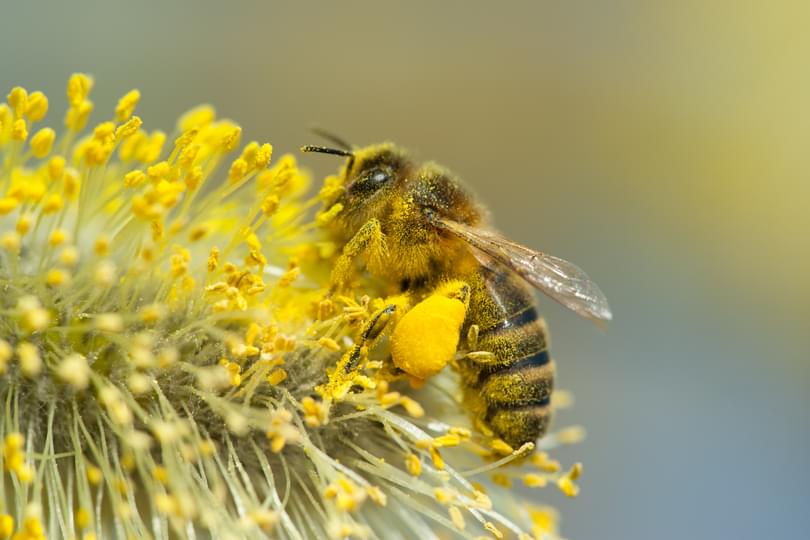
A restatement collating recent scientific evidence on the harm bees are exposed to from neonicotinoid insecticides has been published today, as part of a series of restatements from the Oxford Martin School analysing evidence on controversial topics in the sciences.
An EU ban on certain neonicotinoid insecticides was introduced in December 2013 because of fears they are harming pollinating insects. Pollination by insects is critical for many crops and for wild plants but at the same time neonicotinoids are one of the most effective insecticides used by farmers. Potential tensions amongst the agricultural and environmental consequences of neonicotinoid use have made this topic one of the most controversial involving science and policy.
An updated restatement of the scientific evidence on neonicotinoids has today been published in Proceedings of the Royal Society B. The restatement, from a group of nine scientists led by Professor Charles Godfray and Professor Angela McLean of the Oxford Martin School at the University of Oxford, clarifies the scientific evidence available on neonicotinoids, to enable different stakeholders to develop coherent policy and practice recommendations.
The restatement describes how much insecticide is present in a treated plant and how much is consumed by pollinators. It goes on to summarise how neonicotinoids affect individual bees and other pollinators, and the consequences at the colony and population levels.
Key facts:
- Since their introduction in the 1990s, the use of neonicotinoids has expanded so that today they comprise about 30% by value of the global insecticide market.
- Insects are important for pollinating many UK crops, including strawberry, raspberry, apple, pear, plum, tomato and many vegetables.
- The populations of both managed honeybees and wild pollinators were declining before the widespread use of neonicotinoids, with habitat change and honeybee disease thought to be particularly important causes.
- A series of experiments have raised the possibility that widespread neonicotinoid use may exacerbate pollinator decline, though other studies find fewer effects of the insecticide.
- A recent “gold standard” Swedish field study by Maj Rundlöf et al has shown that neonicotinoids do significantly damage bumblebee populations. But it found no effect for honeybees.